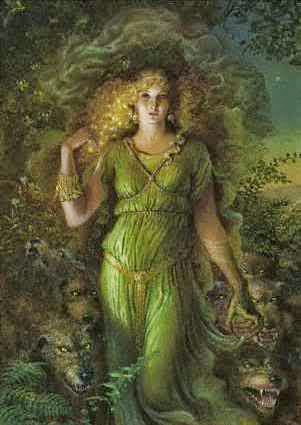Controversial Photo of Fairies or Pixies
This photo of fairies or pixies was examined by photographic experts and determined not to have been altered.A. FRANCES AND THE FAIRIES
Photograph taken by Elsie. Bright sunny day in July, 1917. The "Midg" camera. Distance, 4 ft. Time, 1/50th sec. The original negative is asserted by expert photographers to bear not the slightest trace of combination work, retouching, or anything whatever to mark it as other than a perfectly straight single-exposure photograph, taken in the open air under natural conditions. The negative is sufficiently, indeed somewhat over-exposed. The waterfall and rocks are about 20 ft. behind Frances, who is standing against the bank of the beck. A fifth fairy may be seen between and behind the two on the right. The colouring of the fairies is described by the girls as being of very pale pink, green, lavender, and mauve, most marked in the wings and fading to almost pure white in the limbs and drapery. Each fairy has its own special colour.





